Winners of the 2017 Grand Prize at the 40th Edition of the New Cosmos of Photography, Trond Ansten and Benjamin Breitkopf collaborate long distance on their projects from Norway and Germany respectively.
Just before the opening of Another man's floor, their solo exhibition of new works, the pair talked about how they came together as a unit, the artistic vision they are aiming for, and how they progress with their projects as two people from different countries.
Trond: Both Benjamin and I were in Karlsruhe in Germany, though we were going to different schools. I was going to the State Academy of Fine Arts, Karlsruhe, and he was going to the Center for Art and Media, Karlsruhe. I was interested at the time in joining up with a partner and working on a collaboration, and I particularly wanted to express my ideas in video.
Benjamin: On my end, I had been shooting movies for a long time. Then, one day I saw a number of Trond's old experimental but direct works. I thought they were interesting and I began thinking about teaming up with him.
Trond: When Benjamin came to my exhibition, he said “I've seen this and that of your works”. That's when the conversation between us began.

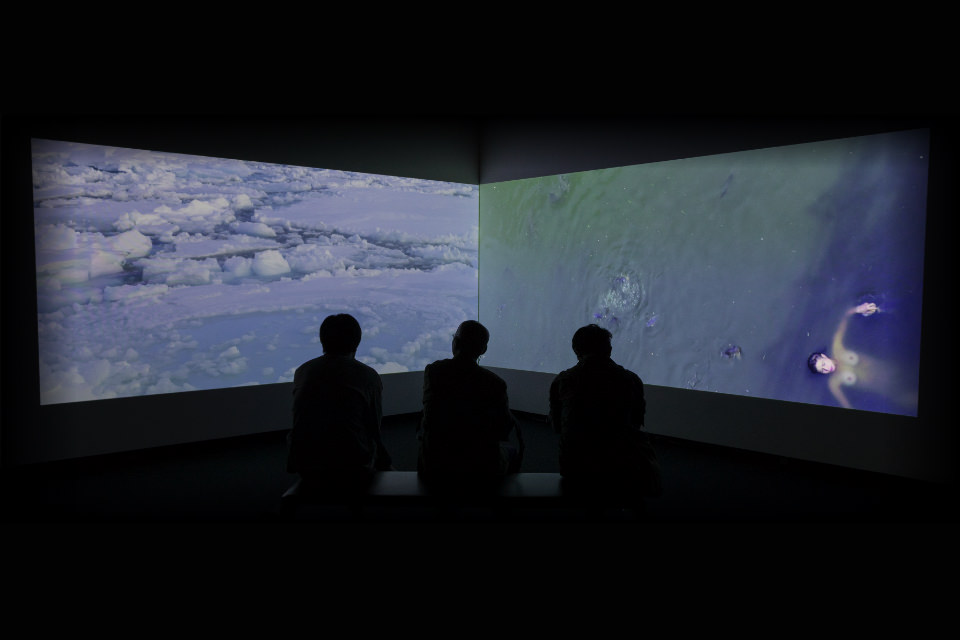
Trond: I guess I would say it's a lifestyle. When I worked part-time as a fisherman, I collected the pelts and feet of seals and that led to 17 toner hvitt, which won the New Cosmos of Photography. What I do in my regular life and what I do on holidays is never separate from artistic expressions.
Benjamin: It's true we never have a day off that isn't connected somehow to art. The most exciting time is starting on your next work. That's because when you choose the topic or theme of your work, you should be choosing something you believe is interesting from the bottom of your heart. Another important point is whether the art asks questions of the viewer. Photography doesn't just convey your message in one direction. It can provoke questions within the viewer.
My impression of Japanese photographers is that many make high quality prints but are weak on concepts. They can talk in great detail about how they created their work and their techniques, but they rarely can discuss their intent — why they created their work.
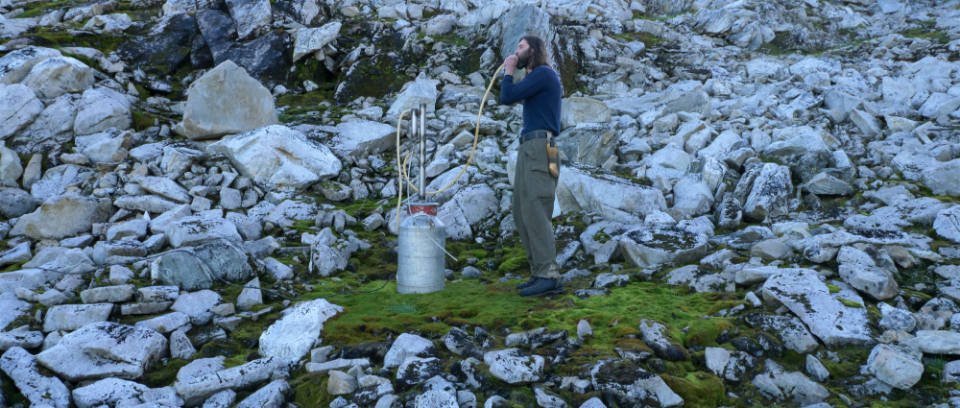
© TROND ANSTEN & BENJAMIN BREITKOPF
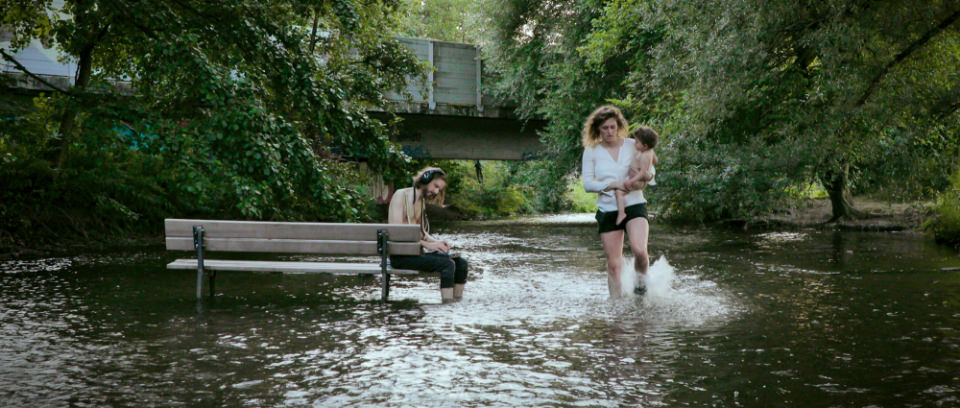
© TROND ANSTEN & BENJAMIN BREITKOPF
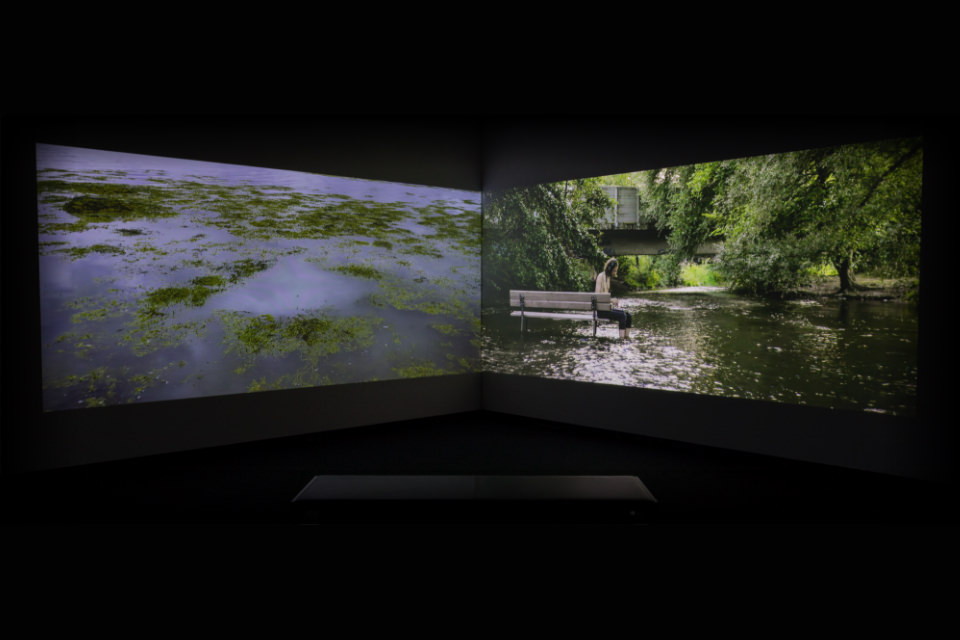
Trond: That's absolutely right. I think it's crucial to deal with the social issues that are happening in the present day. I think artists should pay attention to what's going on outside of themselves and explore and grapple with what they don't know or understand.
We put a lot of importance on dialog in the making of our work. This naturally gets us outside of ourselves and makes our concepts stronger. Our ideas on many points are different, but we grow by discussing them and reaching an understanding through compromise. Universities in Norway (where I'm from) are very multicultural because they invite many kinds of artists, scientists, and specialists to give lectures.
An island nation like Japan has a lot less immigration than Europe, so multiculturalism is hard to do here. Like nearly all the owners of Italian restaurants in Japan are Japanese. In Germany, they are usually Italians [laughs].
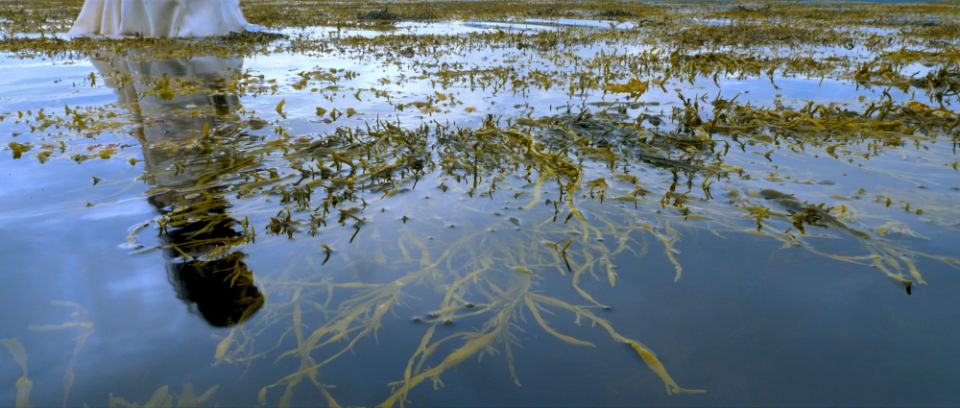
© TROND ANSTEN & BENJAMIN BREITKOPF
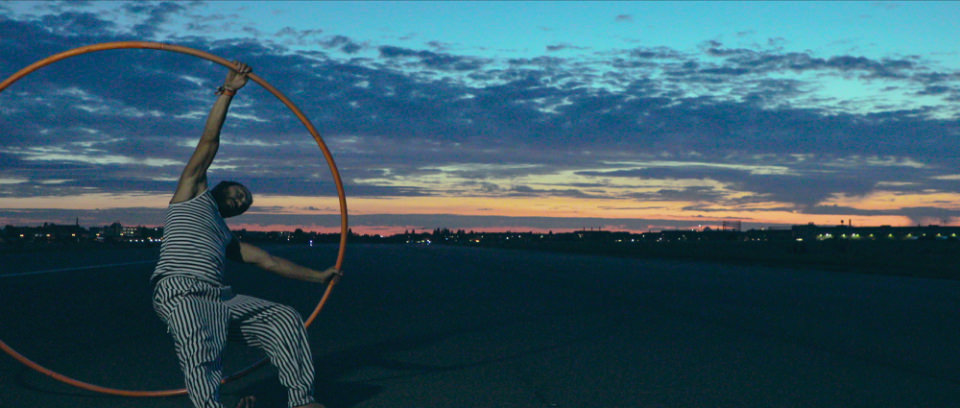
© TROND ANSTEN & BENJAMIN BREITKOPF
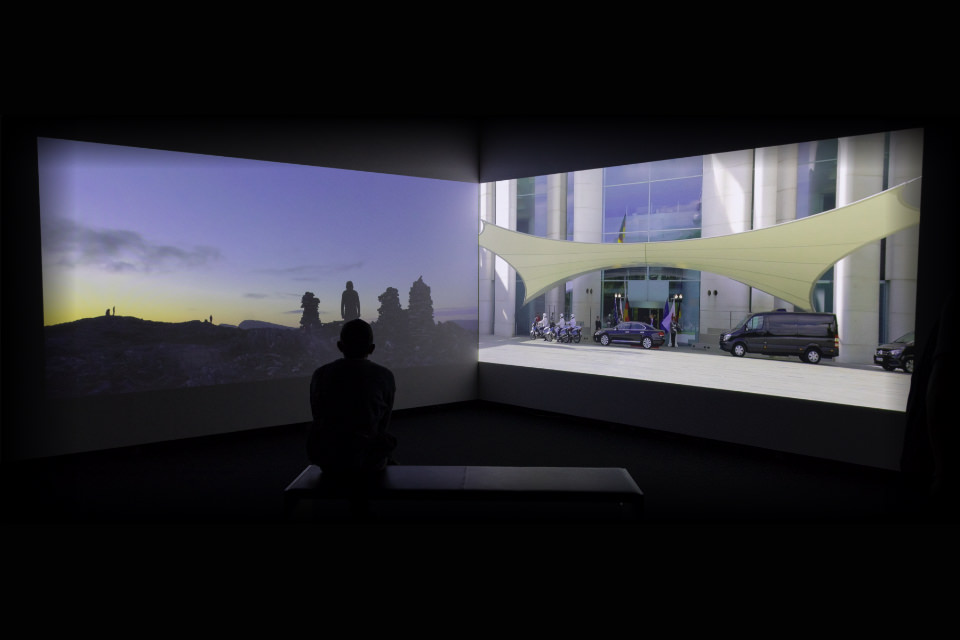
Trond: That direction will probably steadily develop even as I think about it myself over the next 10 years. I do want to explore in different directions from where I am now. I've been focused on filmmaking and video expressions for a long time, but I'm also interested in performance art.
This week, for example, I'm planning to give a performance at a meeting on art and science in Mexico. And like the project using seaweed that we just spoke about, I'm also involved in bio art that deals with things like microbes. I think these categories are connected, and I want to express my encounters with society while making use of installations, video, sculpture, and other artistic forms.
Benjamin: I want to concentrate more on filmmaking. I'm planning a photo archive project called anAtlas.net. This will involve re-editing archives of photos I've taken over the last 15 years and recomposing them in an experimental form. I hope to also exhibit the process behind the project consisting of many trials and errors. Please keep an eye out for it.
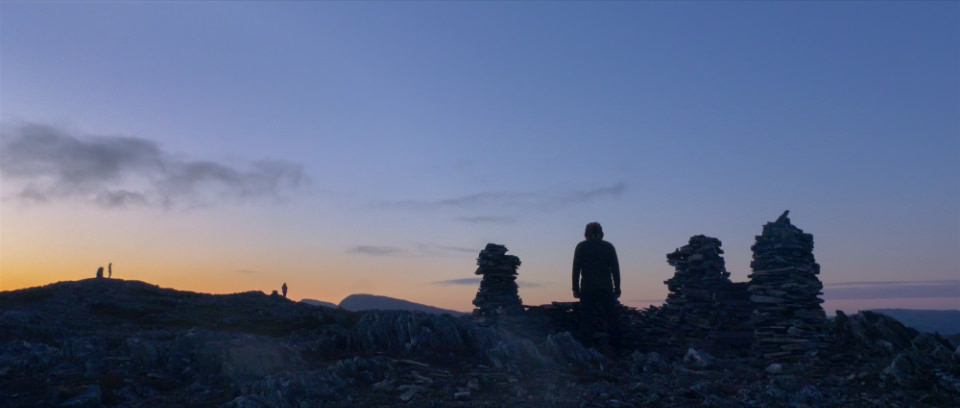
© TROND ANSTEN & BENJAMIN BREITKOPF
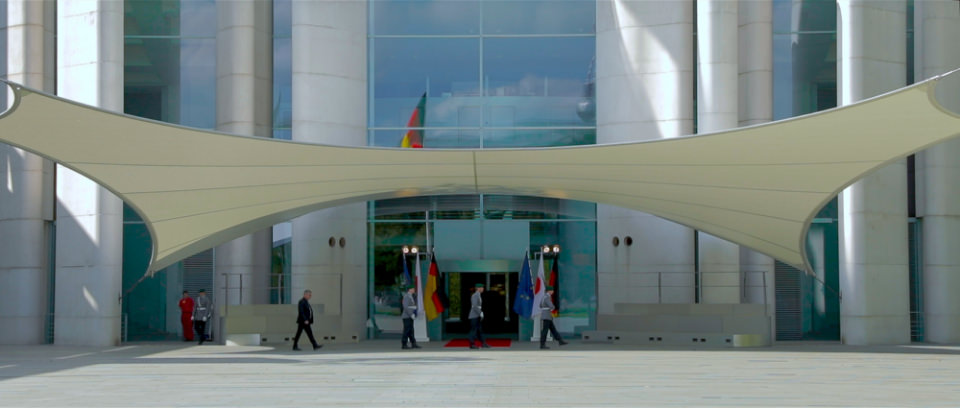
© TROND ANSTEN & BENJAMIN BREITKOPF
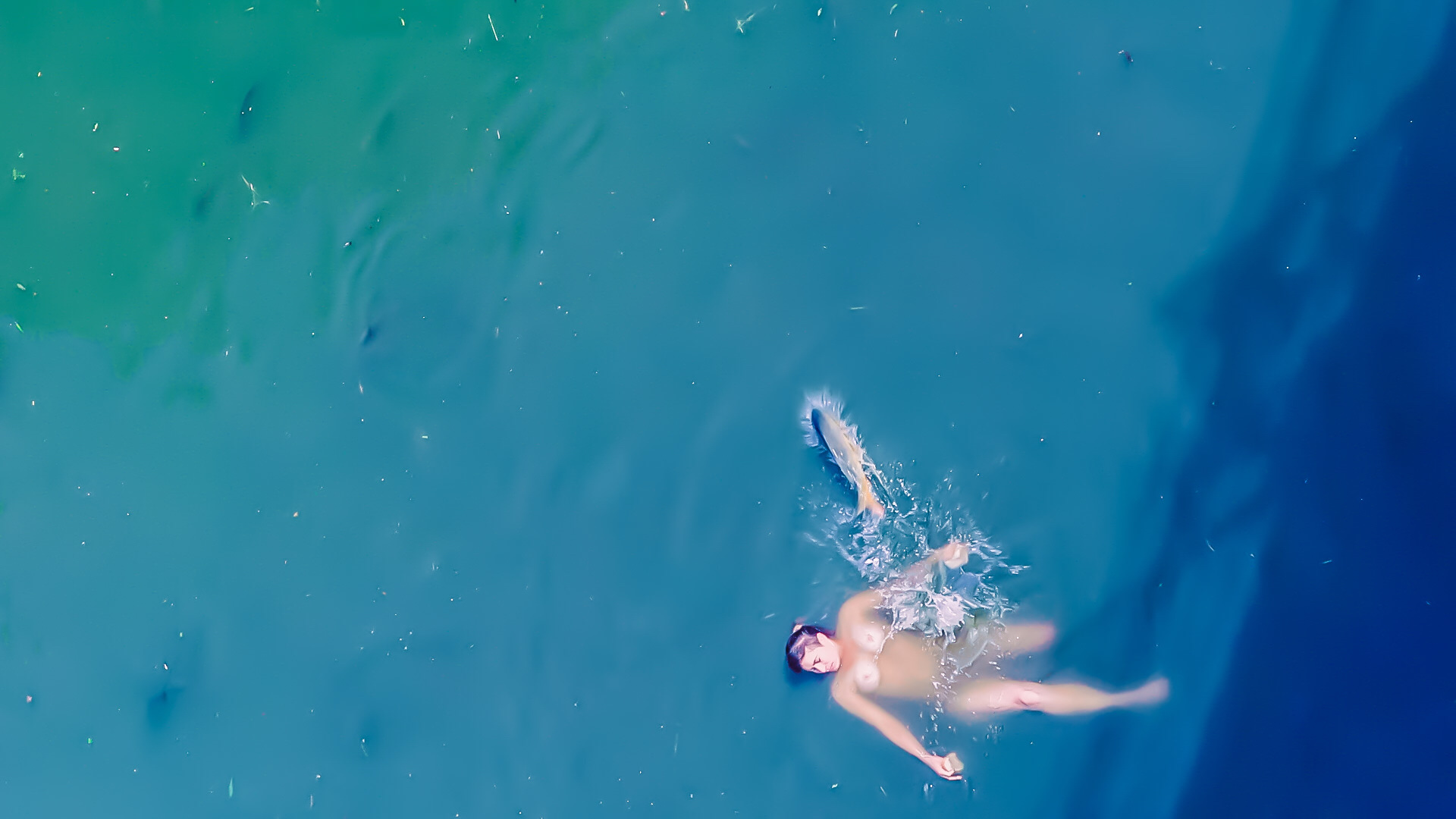
Trond Ansten & Benjamin Breitkopf
This work is a visual dialogue, made of still, but moving images. A filmatic story shaped on the road. The outcome is left to our interaction and how the audience read it. Like our awarded work from last year, 17 tones of white , it serves as a series of visual poems where performative acts are carried out in the landscape, but this time there is no beginning and no ending. We decided to present it as an installation, creating a circular sphere where the audience may dive into the dialogue at any point.
At a bar in Tokyo about a year ago, we formed a set of dogma. We decided to build our work as a playful game of communication, a visual dialogue, passing each other moving images without explanations. One man's ceiling turns into another man's floor. Not knowing the thoughts and ideas of each other, but rather challenged to read and respond based on the picture itself. Another man's floor is an experiment of discussing through photography.
The ceiling of our story was formed on the drift ice of the Greenland Sea where Trond was working as a trapperman this spring. Benjamin received news of his safe return in the form of an image with endless drifting ice. His answer came as an image of a women swimming with fishes, in a lake of anthropocene origin in the Black Forest. A juxtaposition of wild and tamed nature was formed. The element of water grew strong and our dialogue traveled through an algae forest of the Arctic ocean. From there to an urban river inhabited by a musician, moving up in the mountains to an underground rocky creek. Then leaving the water for an abandoned airport, stepping by a line of stone piles before visiting the Chancellery in Berlin.
Each image is a composition of a chosen landscape where the human body is framed as a performative sculpture. Our dialogue is driven by mysticism and surreal behaviour performed by Marita Isobel Solberg, Hanna Heidt, David Loscher, Lena Domes, Paulo Solari and Clemens Wilhelm. We have presented our work as a two channel film-installation where our episodes are split to each side. They are due to the concept shown as the dialogue took place, in authentic order, springing out of a corner in the room. Discussing resources, great emotions and our relation to nature.
b.1984, Bamble, Norway
Ansten is a visual artist and biologist based in Tromsø, educated at the Academy of Fine Arts in Karlsruhe, Germany. With a strong passion for hunting, fishing and harvesting, his focus is on the relation between man and nature. Ansten creates films in a performative language that is build of sculptural compositions in the landscape. His films can be read as visual poems of still, moving images.
b.1986 in Donaueschingen (Germany)
A director of photography in moving and still images.
Studying in Media Art at the ZKM Karlsruhe.
Working as a trained media technician in state television.
Joining a project, “anAtlas.net”
Questioning the truth of images, news and media in relation to the recipients.